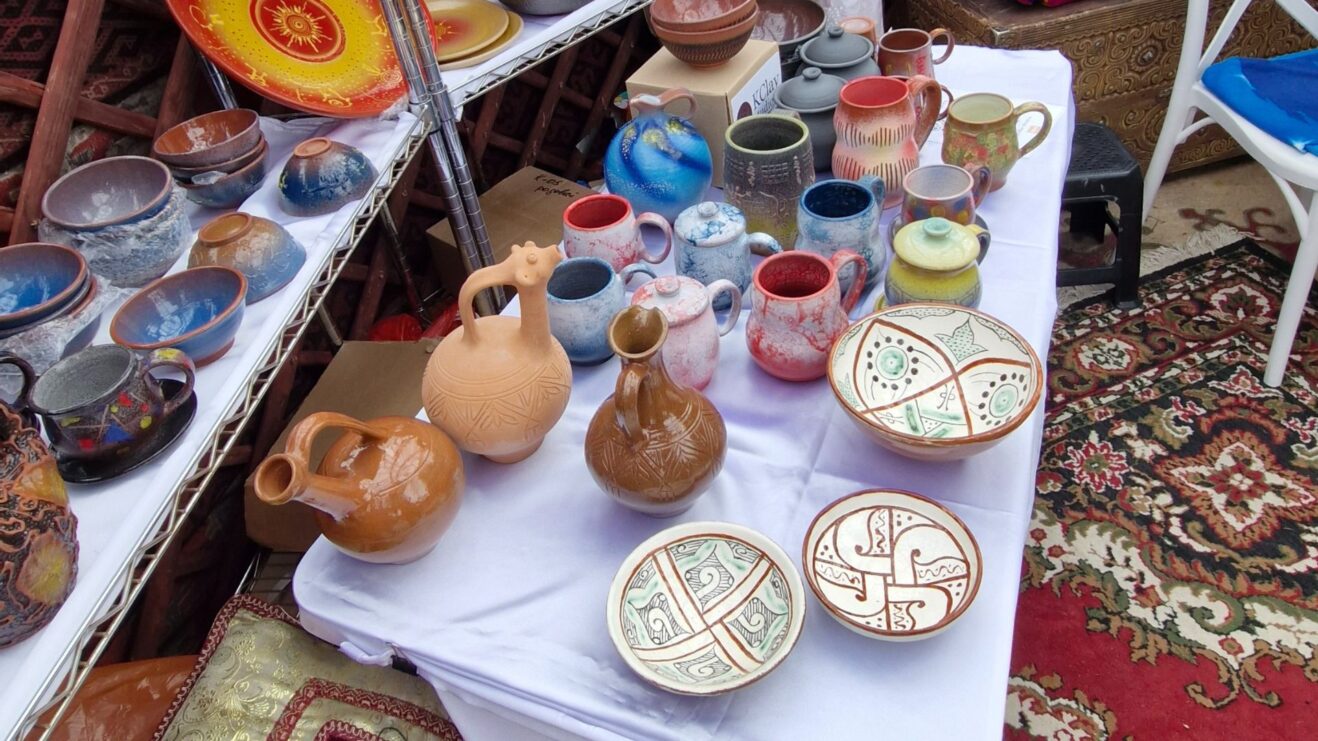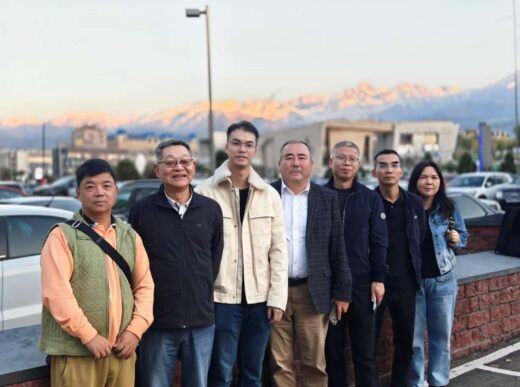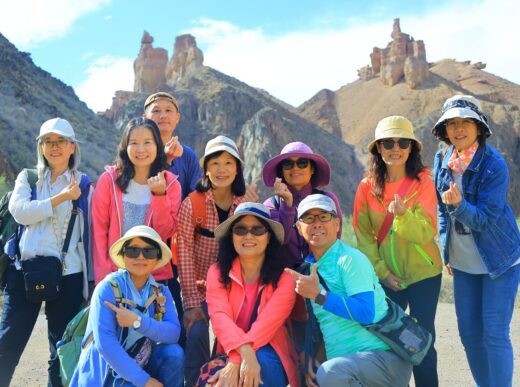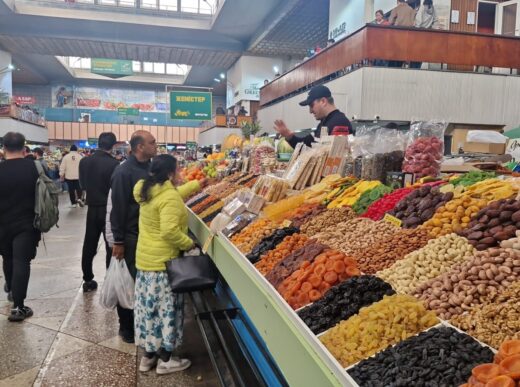Almaty, Kazakhstan — The autumn of 2025 marks an exciting chapter in Almaty’s cultural calendar, as the city unveils ambitious new exhibition venues and showcases high-profile art programs that bridge local heritage and global currents.
Grand Opening: Almaty Museum of Arts
On September 12, 2025, Almaty welcomed its newest cultural jewel — the Almaty Museum of Arts (AMA) — which officially opened to the public as the region’s first private museum built to international standards.
The architectural design was led by Chapman Taylor, featuring two interlocking volumes clad in limestone and aluminum, straddling dialogue between Almaty’s urbanity and the nearby Tian Shan mountains.
Founded by entrepreneur and art collector Nurlan Smagulov, the museum’s initial collection numbers over 700 works, with an aim to spotlight both regional and international contemporary art.
Inaugural exhibitions include:
“I Understand Everything” — a retrospective of prominent Kazakh artist Almagul Menlibayeva, covering her interdisciplinary work in video art, performance, painting, and more.
“Qonaqtar” — a presentation drawn from the museum’s own collection.
The museum also plans live performances, cultural events, and programming inspired by Central Asian oral traditions.
This opening is widely seen as a milestone in Kazakhstan’s cultural infrastructure, raising prospects for Almaty to become a regional hub for artistic exchange.
Tselinny Center: A Revived Hub for Contemporary Culture
In tandem with the museum launch, Almaty is breathing new life into the Soviet-era Tselinny cinema, now transformed into the Tselinny Center of Contemporary Culture.
Under the guidance of British architect Asif Khan, the renovation preserved historic elements (including original sgraffito art by Evgeny Sidorkin) while retrofitting the space for performance venues, galleries, education studios, cafés, and public gathering areas.
The official opening programme, titled “Barsakelmes”, will run from May 22 to June 8, 2025, featuring a blend of exhibitions, performances, and discursive events. Additionally, Tselinny is slated to host the Korkut Sonic Arts Triennale from September 6 to November 1, 2025.
Within just days of its opening, the center drew thousands of visitors, reflecting strong public interest in new cultural formats.
What’s On: Featured Exhibitions and Programs
“I Understand Everything” at AMA — Menlibayeva’s retrospective is organized thematically to explore shifting identities, politics, ecology, and myth within her work.
“Qonaqtar” — an anchor show from the AMA’s permanent collection, offering a panoramic survey of regional modern and contemporary art.
Barsakelmes at Tselinny — a multidisciplinary debut program combining visual art, performance, dialogues, and experimental formats.
Korkut Sonic Arts Triennale — focusing on sound, spatial art, and immersive media across Central Asia.
These programs promise to foster deeper engagement between artists, scholars, and the public on themes of cultural memory, identity, ecology, and regional narratives.
Significance and Outlook
Together, these new institutions and exhibitions mark a turning point in Almaty’s cultural trajectory. They represent a shift from traditional display toward hybrid, experimental, discursive modes of cultural production.
They also reflect increasing private investment in arts infrastructure — especially in a country where historically many cultural institutions were state-funded.
By hosting major retrospectives, performance programmes, and regional triennales, Almaty positions itself as a node in Central Asia’s cultural exchange, attracting both local audiences and international attention




